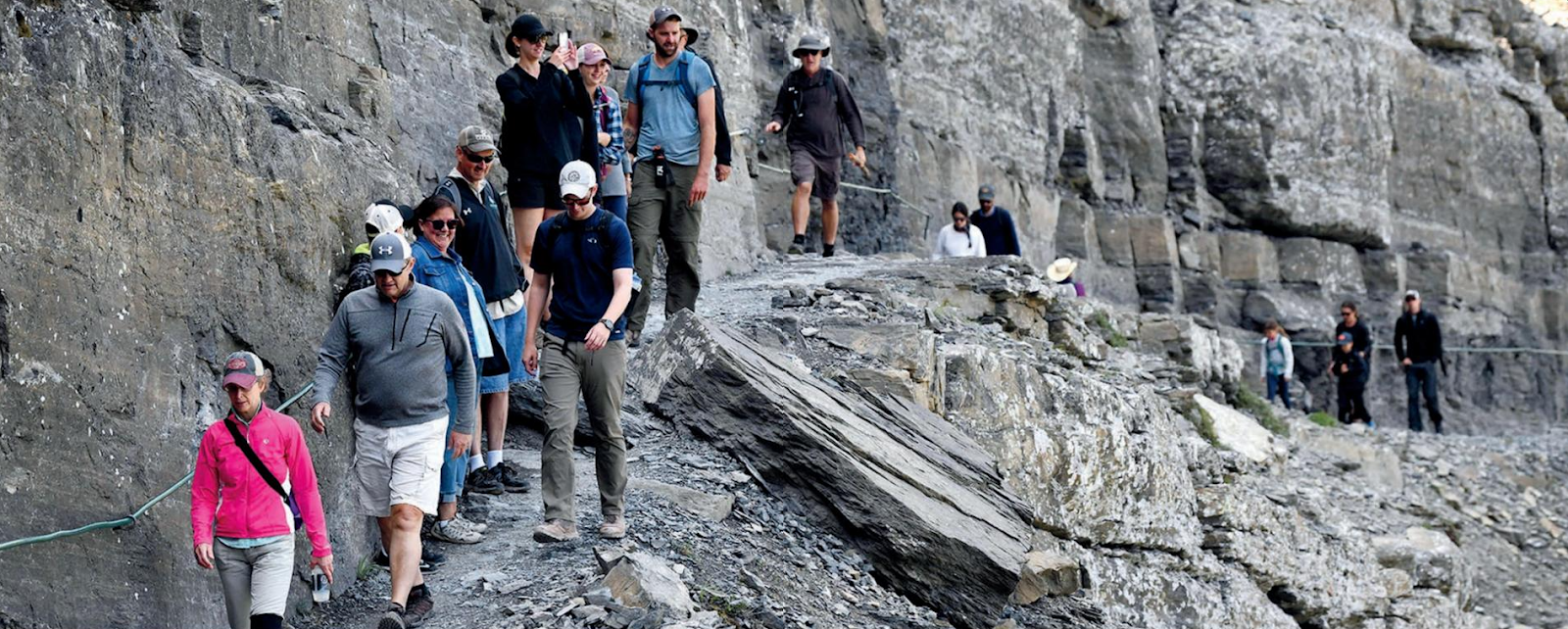Ideas para el nuevo tópico de aprendizaje: Hiking
- Principios de aprendizaje:
- "Me ayuda más si experimento primero antes de que me expliquen cómo hacerlo."
- "A veces aprendo mejor tropezando un poco."
- "Aprendemos haciendo… y repitiendo lo que hacemos."
- Sobre mis objetivos
- Estos tres próximos meses quiero reforzar mis conocimientos en el uso de los 5 tiempos verbales más comunes (Simple Present, Present Continuous, Simple Past, Past Continuous, and Present Perfect), sin descuidar las habilidades de Speaking y Listening.
- No es necesario profundizar en los conceptos gramaticales. Lo que necesito es dominar lo fundamental para seguir avanzando con el idioma. Me gustaría que los 5 tiempos verbales más comunes fluyan de manera natural cuando hablo en inglés.
- Sobre como llevar las clases usando el libro “Hiking” by Donna B. McKinney. La propuesta es desarrollar un capítulo en 2 clases:
- Primera clase:
- Antes: Primera lectura del artículo por mi cuenta, resaltar palabras o expresiones que llaman mi atención. Normalmente suelo usar la IA para escuchar como se pronuncian las palabras. Es en este momento donde puedo tomar notas de mis dudas para la clase.
- Durante: Como siempre, podríamos analizar el artículo (lectura y preguntas), revisar mis dudas respecto al vocabulario y expresiones nuevas. La conversación es importante durante esta clase.
- Segunda clase:
- Antes: Con un mejor entendimiento del texto, me animaría a explorar el artículo desde un punto de vista gramatical, identificar los tiempos usados, crear mis propias oraciones o mini-historias basadas en mis experiencias de hiking. Es en este momento donde puedo tomar notas de mis dudas para la clase.
- Durante: En este momento creo que sí sería muy valiosa la guía del profesor sobre como usar adecuadamente los tiempos verbales, corrigiendo mis errores.
- Identifying the verb tenses
- Knowing how and when to use them
- Putting into practice




